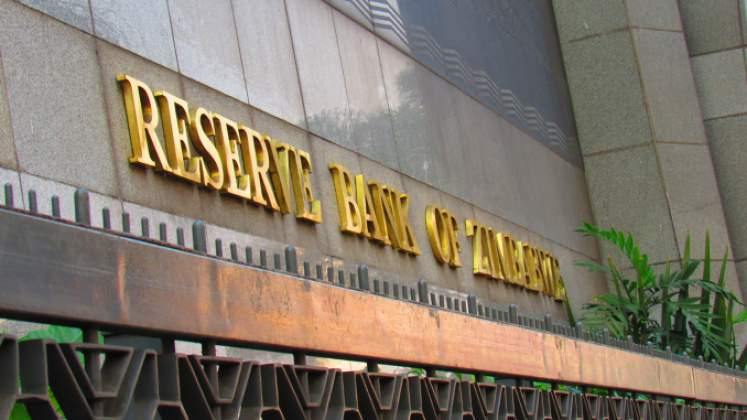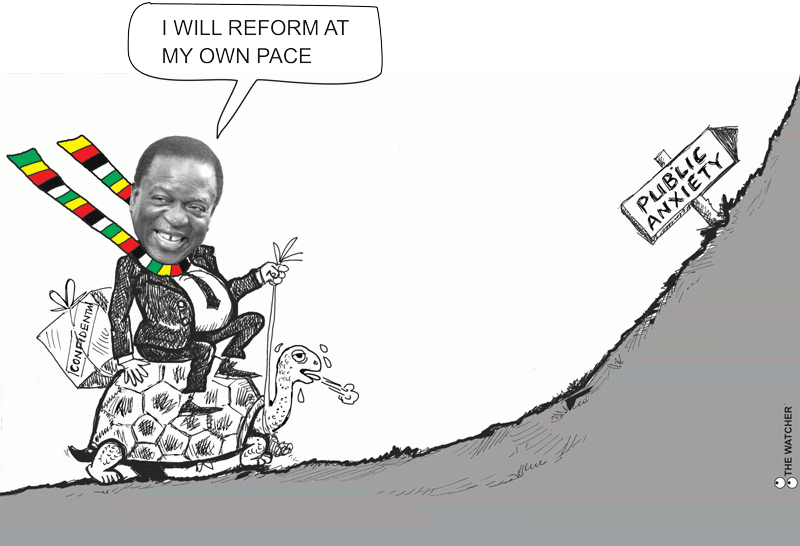
THE number of Zimbabweans with bank accounts has increased to 3,3 million this year, compared to two million in 2014, according to a Reserve Bank of Zimbabwe (RBZ) survey.
In its 2022 report, FinScope said apart from the significant uptake of bank accounts, financial inclusion in the country had generally improved.
The report says 46% of Zimbabwe’s seven million adults now have bank accounts, compared to 30% during the last survey conducted in 2014.
“About 3,3 million or 46% of Zimbabweans are banked — this represents about 1,2 million adults (who) have been brought into the banking sphere between 2014 and 2022,” the FinScope survey read.
“Youth (less than 25 years), senior adults (66+ years) and adults residing in rural areas are less likely to use bank services. Compared to 2014 there has been a notable increase in uptake of transactional accounts (either mobile money and or bank accounts) among all the groups, however, adults residing in rural areas and senior adults still lag in having formal accounts in their own name.
“Overall, more adults are financially included in 2022 compared 2014, in all areas of access to formal financial products or services.”
The FinScope Consumer Survey 2022 is a third such report following previous studies conducted in 2014 and 2011.
It interviewed about 3 000 people.
- Revisiting Majaivana’s last show… ‘We made huge losses’
- Edutainment mix: The nexus of music and cultural identity
- ChiTown acting mayor blocks election
- Promoter Mdu 3D defends foreigners 30 minute set
Keep Reading
In August, RBZ deputy governor Jesimen Chikipa said while the number of financially included Zimbabweans had increased, it was still below the 90% target set by the central bank in 2016.
She attributed the rise in financial inclusion to a robust mobile money transfer system, although authorities were worried about the low uptake in Matabeleland provinces.
It has been a tough 14 years for Zimbabweans who grappled with domestic currency shortages before the local currency crashed during the decade to 2008.
Markets were then hit by extensive United States dollar shortages following the onset dollarisation in 2009.
But as markets swung from one crisis to another, banks located huge opportunities in digital cash transfer services under the RBZ’s direction.
“Financial inclusion is now at 83% against a target of 90%,” Chipika said.
“The 90% was a bit ambitious but we are happy…we are doing well,” she said, noting that the financial inclusion rate was as high as 93% in urban areas.
Chipika said the survey revealed that the most banked provinces were Bulawayo and Harare, two of Zimbabwe’s metropolitan settlements.
Rural areas were riding on mobile money platforms, the RBZ chief noted.
She said more efforts were still required to improve financial inclusion in Matabeleland North and South provinces.
This is likely to be a key target in the second phase of the National Financial Inclusion Strategy, which is underway.
She said improved financial inclusion would be crucial in ironing out inequities between rural and urban populations in the country, which she traced back to colonial times.
“We need financial inclusion because historically, Zimbabwe was characterised by an enclave development model — an economy that is only driven by a few,” Chipika said.
“The majority was relegated to crumbs (falling) from those that were succeeding. We have to change the economic development model from enclavity to a broad-based model. If we succeed in financial inclusion it will bring change to Zimbabwe’s economic model,” Chipika asked.
Follow Freeman on Twitter @freemanmakopa






